There is a lot to love about cloud-based video conferencing solutions. They are easy to use and manage, and they make it simple for remote participants to connect and work face-to-face with their colleagues from anywhere. Cloud solutions are easy for AV and IT departments to deploy, and they reduce travel costs and allow for more consistent monthly budgeting, too.
So it’s probably no surprise that the global video conferencing market, which includes popular platforms such as Microsoft Teams Rooms and Zoom, is expected to reach $6.7 billion by 2025.
That expansion comes with some growing pains, however. For example, when employees try to use these conferencing apps in meeting room settings without the right audiovisual set up, frustration can quickly eclipse collaboration and innovation.
Keep reading to learn about 5 AV roadblocks to cloud-based audio and video conferencing—and how to address them before they slow you down.
Are These Bad AV Experiences Hurting Your Cloud-Based Conferencing?
1. You can’t hear everyone—or anyone. The beauty of cloud-based conferencing apps is that you can launch them from just about any device, including laptops and mobile phones. The downside? Those devices usually can’t meet the audio requirements of even a small or medium-sized meeting space. When you’re using a video conferencing app in a traditional meeting room setting, you need more than just a laptop microphone to make sure everyone in the room can be heard clearly by everyone on the other end. The solution is a professional microphone with 360-degree pick-up. The exact type will depend on the size and configuration of your room, but pucks, boundary, and beamforming microphones are all good options.
“The common AV headaches that customers deal with when working with software codecs like Zoom and Teams is feedback, volume fluctuations, interference, feedback, and poor microphone coverage,” said Paul Gunia, Global Product Management at Shure. “At Shure we engineer optimal conferencing solutions to satisfy your distinct challenges and deliver extraordinary sound consistently and reliably. We help improve the audio experience with Zoom and Teams by outfitting you with the proper audio equipment within the room requirements. Two important variables to include in your conference rooms are premium audio and the proper DSP system.”
2. You can’t see everyone. Video conferencing can help on-site and remote colleagues work “face-to-face,” but if half your team is off camera during a video conference, the magic is lost. Again, for video conferencing in small and medium-sized spaces, the camera on your laptop won’t do the trick. Small meeting spaces such as huddle rooms require a wide-angle camera to capture everyone. Even that one co-worker who always tries to stay just off-camera can’t escape.
3. Your display is the wrong fit. When it comes to displays in small and medium-sized conference rooms, size matters. If your display is too big, everyone gets a sore neck craning to see it. Too small, and everyone walks away with a headache from straining to decipher what was on the screen. The first step here is to determine what kind of content you will be displaying most often. If your content is text heavy, you need a display big enough—and with a high enough resolution—to make it easily legible. If you do a lot of content sharing during video calls you might need two displays—one for the content and one for remote participants. This calculator from AVIXA can help you narrow down the ideal display size for your space based on a variety of use case variables.
4. You can’t connect easily when you need to. The best audio and video peripherals don’t make much difference if users can’t easily connect their personal device to the tools in the room, such as cameras and displays. Providing the optimal AV experience in your meeting rooms includes outfitting the space for simple wireless or single-cable connections to any additional video conferencing tools.
5. Your collaboration tools don’t work together. There are lots of pieces that make up a whole, integrated AV solution for meeting rooms and, to be effective, all those pieces have to work together. If you are piecing together your AV tools as you go, you could face compatibility issues down the road. One fix is focusing on certified solutions that are designed specifically to integrate with the conferencing app you are using.
Another fix is working with a PSNI integrator and or Preferred Vendor Partner that can help you identify the best solutions for your budget, and make sure they are fully integrated and optimized for your rooms and needs.
“We have many room solutions that are scalable and flexible,” Paul from Shure said. “For example, pair premium audio with our IntelliMix® Room, which provides software-based audio processing for AV conferencing. IntelliMix Room is the first audio processing software fully optimized for Shure conferencing microphones. Simply download and deploy to in-room Windows 10 devices and bring conferencing into the future. A downloadable DSP eliminates the needs for a dedicated AV rack. And by utilizing software rather than hardware, costs are reduced, and meeting spaces are kept clear of clutter.”
Certified Cloud-Based Conferencing Tools Can Help Your Audiovisual Experience
Just as the right audiovisual solutions can help improve the cloud-based conferencing experience, the right cloud-based conferencing tools like Zoom and Microsoft Team Rooms can also enhance the AV experience in your meeting rooms.
Zoom Rooms are designed to make it easy to run or join video meetings with the tap of a button. What if you already have a video conferencing system that you want to tie into Zoom Rooms? With the Zoom Conference Room Connector, you can join Zoom Meetings directly from existing (SIP or H.323) conference room systems, such as Poly, Cisco, or Lifesize. Now you can extend your cloud-based conferencing across all your room systems for a consistent experience.
Microsoft Team Rooms are designed to easily start a meeting with one touch and then instantly project your content to the display in the room and share it with remote participants. This solution is great for small huddle spaces to large conference rooms and is simple to use, deploy, and manage.
Using products that qualify as Zoom Certified Hardware means you are getting tools that have undergone comprehensive testing to provide a seamless communication experience. Camera and speakerphone hardware from Zoom partners is tested specifically for Zoom Rooms functionality and certified to meet higher standards in both audio and video performance.
Microsoft Teams Rooms can scale to different room sizes, from small huddle spaces to large conference spaces or boardrooms. Simply select the right core device and console and combine it with certified microphones, speakers, cameras, and displays—like the Biamp solutions we mentioned above—to deploy Microsoft Teams Rooms in any space.
Curious about which audiovisual devices are certified and can improve the AV experience of your meetings?
- Check out these Certified Zoom Rooms hardware devices.
- Check out these Microsoft Teams devices.
Integrators Help You Deliver a Superior AV Experience
It may seem like researching the right AV tools to improve your cloud-based conferencing experience undoes the simplicity of ease of use cloud-based conferencing apps are designed to deliver. But it doesn’t have to be hard. Experienced PSNI integrators know what tools are right for what spaces, and they can help you find the perfect fit no matter where in the world you are.
Ready to make your cloud-based audio and video conferencing better than ever? Find your nearest PSNI integrator today.









